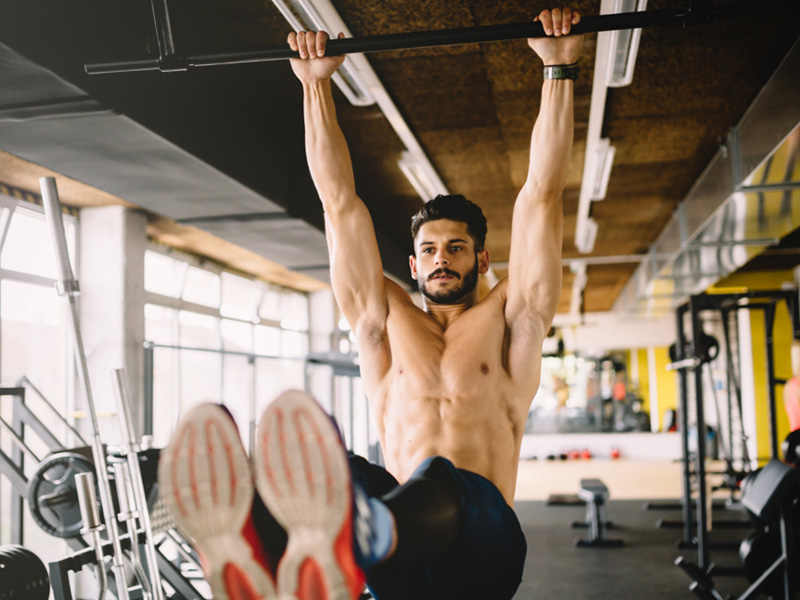
What This Planner Includes:
Upper, lower, and oblique-targeted exercises for complete abdominal development
Core stability training to support strength, balance, and injury prevention
Bodyweight and resistance-based workouts to challenge all fitness levels
Functional core drills that carry over to lifting, athletics, and daily movement
Scalable programming from beginner-friendly basics to advanced circuits
All information presented in this program is intended for general educational purposes only and shall not constitute or replace professional medical, exercise, or diet advice, treatment, or services. You must always consult your physician before beginning this or any other exercise program. Use of this program is at your own risk. We, the creators, performers, distributors, and producers of this program, disclaim any and all liability for any loss, damage, or injury in connection with any use of this program or the information presented herein. We do not make any express or implied warranties or representations of any kind with respect to this product or to the information presented herein.